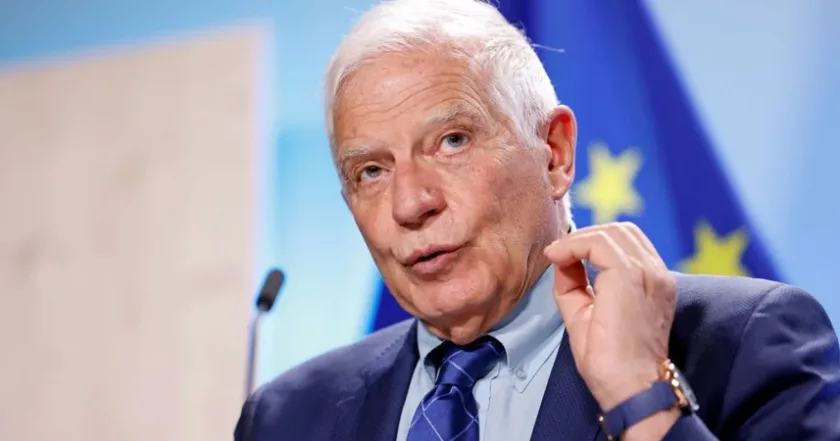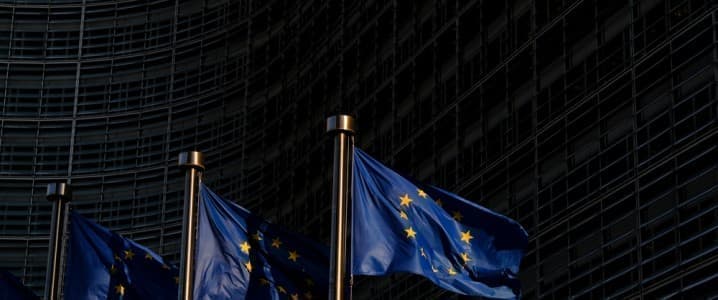The European Union is on the verge of making a significant decision regarding the use of profits from frozen Russian assets to aid Ukraine. Since the full-scale invasion of Ukraine in February 2022, the assets of the Russian central bank have been frozen by the EU, G7, and Australia, estimated to be worth around 260 billion euros. The majority of these assets, roughly 210 billion euros, are located in the EU, primarily in Belgium, where Euroclear, a financial services company specializing in securities transactions, is based.
Brussels completed the first step in February by setting aside the profits accumulated from the frozen assets. The European Commission has now proposed the second and final step, which involves sending the actual cash to Ukraine. This proposal follows a directive from EU foreign ministers tasking EU foreign policy chief Josep Borrell with devising a plan for this allocation. While no member state has objected thus far, the proposal still requires unanimous approval from EU leaders and officials.
The proposed plan outlines the process initiated on February 15 to set aside profits, which are estimated to have generated between 2.5 billion and 3 billion euros. The European Commission aims to send this money to Ukraine by July, pending approval from member states. There is hope that similar sums can be allocated to Ukraine annually in the future, depending on interest rates.

EU Considers Using Frozen Russian Assets to Help Ukraine Amid Challenges (Credits: Rubryka)
Borrell’s proposal includes assurances for member states concerned about potential implications such as seizure of private property or damage to the euro. It emphasizes that the frozen asset profits do not belong to the Russian central bank and are a result of restrictive measures, thus not subject to sovereign asset protection rules. Furthermore, it rejects any retroactive claims by Moscow.
To incentivize member states, the proposal offers various benefits, such as allowing financial services companies to retain a portion of profits for efficiency and legal fee coverage. Despite concerns about potential effects on the euro’s position, the proposal argues that months of contemplation without adverse effects on the currency demonstrate its viability. Additionally, it highlights that other G7 countries are considering similar measures.
The proposed allocation of funds entails 90% of the profits going toward military equipment supply for Ukraine via the European Peace Facility (EPF), with the remaining 10% allocated for regular financial aid through the EU budget. However, challenges remain, particularly due to a longstanding Hungarian veto on an EPF tranche, stemming from a dispute with Kyiv over a business blacklist.
Although the EPF ceiling was raised to accommodate more funding for Ukraine, national vetoes, like the Hungarian one, pose obstacles to the swift disbursement of funds. Thus, the timeline for the allocation of funds to Ukraine remains uncertain.























